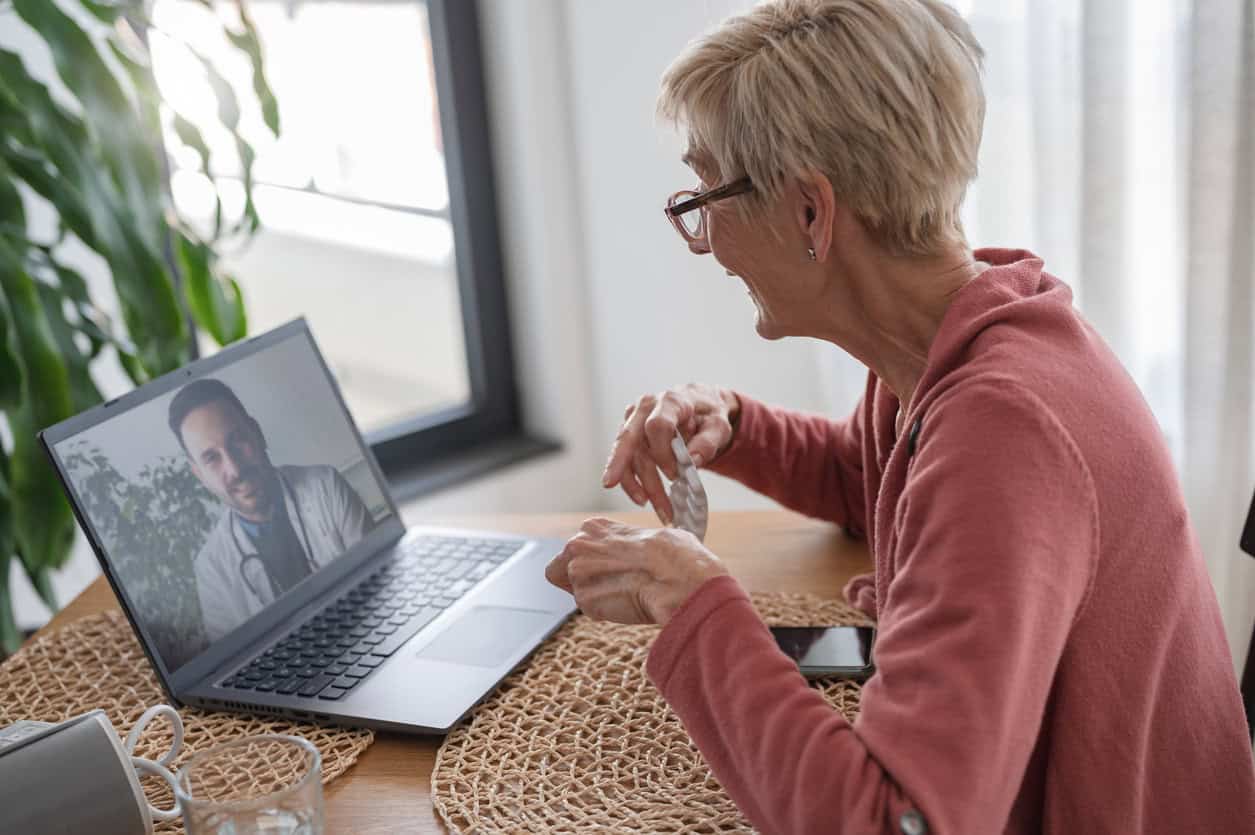The Future of Telehealth After COVID-19: New Opportunities and Challenges
Last Updated October 11, 2022
While telehealth is not new to healthcare, its usefulness became even more apparent with the onset of the COVID-19 pandemic. Thanks to flexibilities allowed under the federal public health emergency (PHE), many, including Medicare beneficiaries, utilized telehealth in the absence of in-person care. But as the PHE ended, questions about future use, as well as the impact on healthcare costs and patient outcomes, remain. With support from the Peterson Center on Healthcare, Bipartisan Policy Center’s Health Program released a report, The Future of Telehealth After COVID-19: New Opportunities and Challenges, which explores what increased telehealth flexibility would mean for Medicare beneficiaries. The recommendations, focused on four main categories—foundational, behavioral health, primary care, and specialty services—address policy questions about the permanency of the flexibilities afforded to the over 58 million Medicare beneficiaries.
Bipartisan Policy Center
Center Responds to CMS Proposed Rule on Medicare Physician Fee Schedule
The Center offers recommendations to align Medicare payments with clinical value, advance digital mental health treatment, and promote high-value digital health tools.
Center Responds to RFI on Modernizing the Medicare Digital Health Ecosystem
The Center offers recommendations to modernize Medicare’s digital ecosystem, promote high-value health technology, and leverage transparency for better care.
Can eConsults reduce commercial health spending? Learnings from an Arkansas pilot study
The Center has published learnings from its Arkansas pilot study on eConsults.


